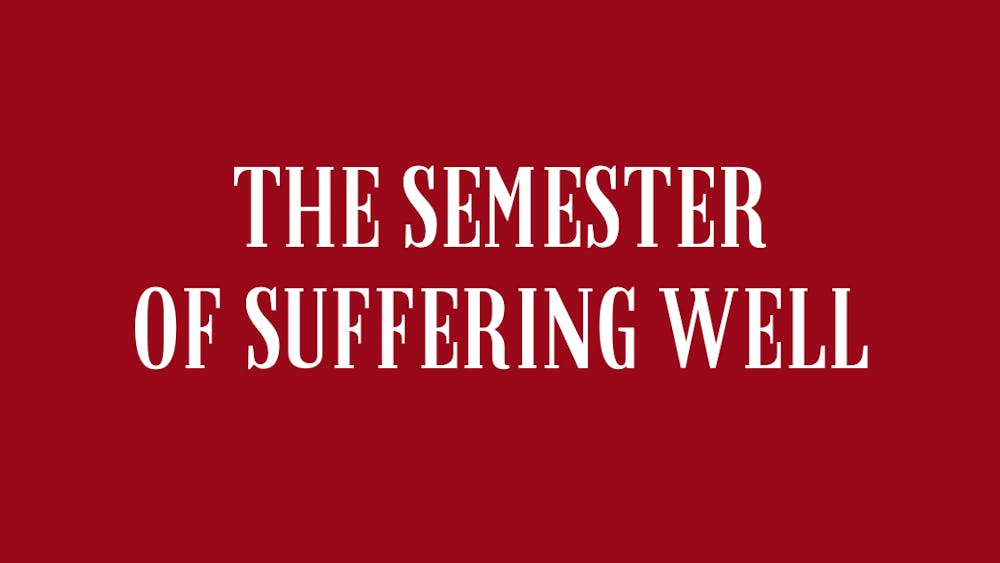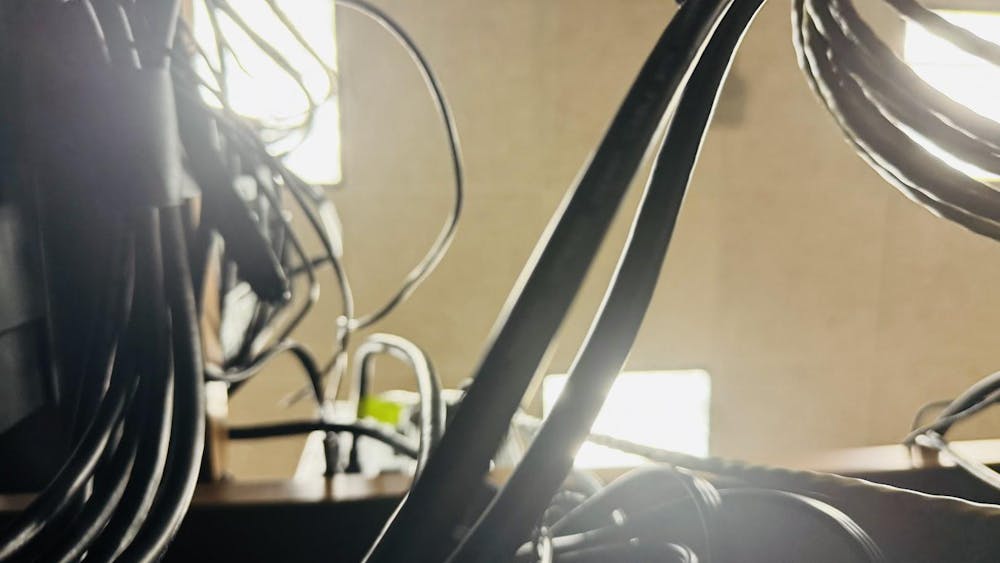Yesterday, a group of Notre Dame professors made their case for why the University should continue in-person instruction and keep students on campus and in person. I found this Letter to be concerning, and I’ll explore some of the reasons why.I’ll begin with the authors’ discussion of what “numbers” should hold meaning in the evaluation of whether Notre Dame’s decision to reopen can be constituted as a success. The authors note that instead of looking at test results as a meaningful decision-making statistic, the University should use other metrics such as “mortality and hospitalizations.” While it is true that younger people experience less severe effects of COVID-19 in comparison to their older counterparts, I find this framing of hospitalizations and mortality rates of Notre Dame students as the statistics that matter myopic. First, despite the fact that younger populations are less likely to die from the coronavirus, the Mayo Clinic documents that even among those who experience mild cases of the virus there are often long-term impacts on an individual’s health that last far longer than the virus itself. Thus, I find it concerning the University is willing to subject a substantial portion of the student population to such long-term risks in the name of continuing in-person learning.Secondly, but perhaps most importantly, the authors failed to take into account the effects that Notre Dame’s decision to remain on campus has on the transmission to members who live in the broader Saint Joseph County. This is an important omission as the negative consequences associated with the broader Saint Joseph community significantly enhance the risk associated with in-person instruction. I, for one, would think that Kirk Doran of all people would be acutely aware of this fact considering it was he who first taught me about negative externalities in his principles of microeconomics course I took during my first year. I am most concerned with the effects the decision to remain on campus has on the transmission of the virus to vulnerable members of the surrounding area, and, in particular, the communities of color that live near the Notre Dame’s campus. These groups disproportionately experience the worst effects of the pandemic, shown in this study conducted by epidemiologists and public health experts, not simply a group of “educated adults who can weigh risks and benefits.” Even under the authors’ framework in which the “more relevant metric is hospitalizations and mortality,” it seems that the risks posed to vulnerable communities that students who contract the virus could spread it to would alone not justify any potential benefit of in-person education.The next qualm I have with the piece is the decision to cherry-pick a Cornell study to justify why students are “safer on campus.” In the cited study, the researchers assume “a large percentage of Cornell students planned to return to off-campus housing in Ithaca even if all instruction was conducted remotely.” I fail to see how this paper is generalizable to Notre Dame given the University’s unique position in which the vast majority of students live on-campus. Thus, it does not follow that if Notre Dame were to go remote that students would move to their off-campus, unsupervised apartments, as a large majority of students do not have off-campus housing and would simply return to their home communities. Additionally, the sheer number of cases in Notre Dame’s first few weeks back on campus and student’s disregard for social distancing measures both on- and off-campus empirically disprove several key assumptions made in the paper cited.Lastly, I sympathize with the authors’ recognition of the psychological consequences of prolonged periods of social isolation has on students. I, for one, directly acknowledge the challenges associated with online instruction, but at the same time, I think it is a mistake to assume that leaving campus open will serve as a panacea to student’s mental health. I distinctly remember walking around South Quad on the first day of class in horror seeing fellow students refuse to wear masks while walking around campus. I remember seeing videos of my peers late at night under the tents in disgust as most of them were not wearing masks and gathered in large groups. I also hear the countless stories of my fellow classmates who are forced to live in dorms without air conditioning, and I question whether the utopic dream of in-person education can be actualized in the current climate. While I, too, long for the days in which I can walk around South Quad in deep contemplation and conversation with my peers, I recognize that today is not that day. It is simply irresponsible and reckless to assume otherwise and for the University to risk the health of the broader South Bend community under the false pretense of enhancing community.
Conrad Palor
senior
Aug. 25













